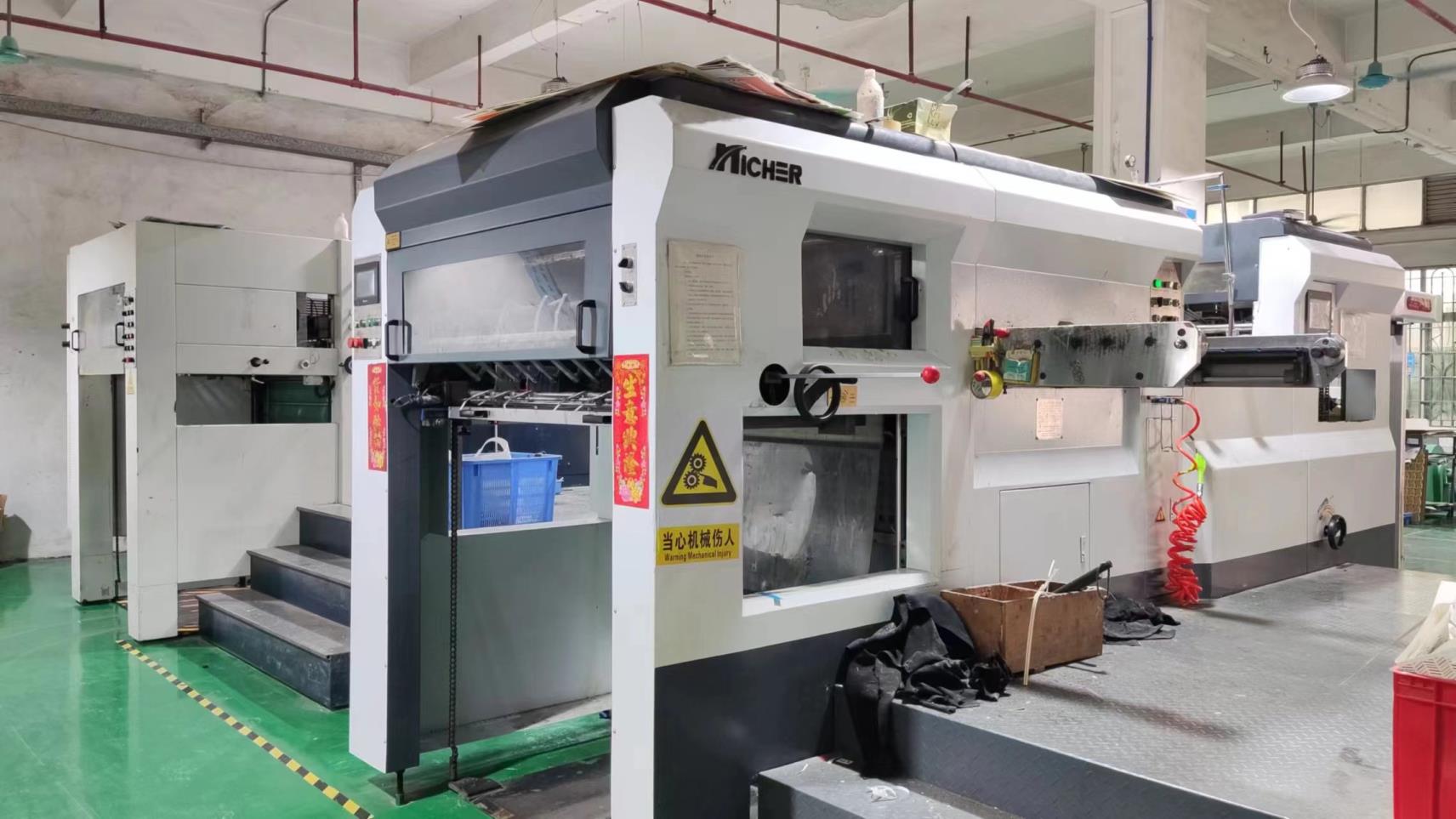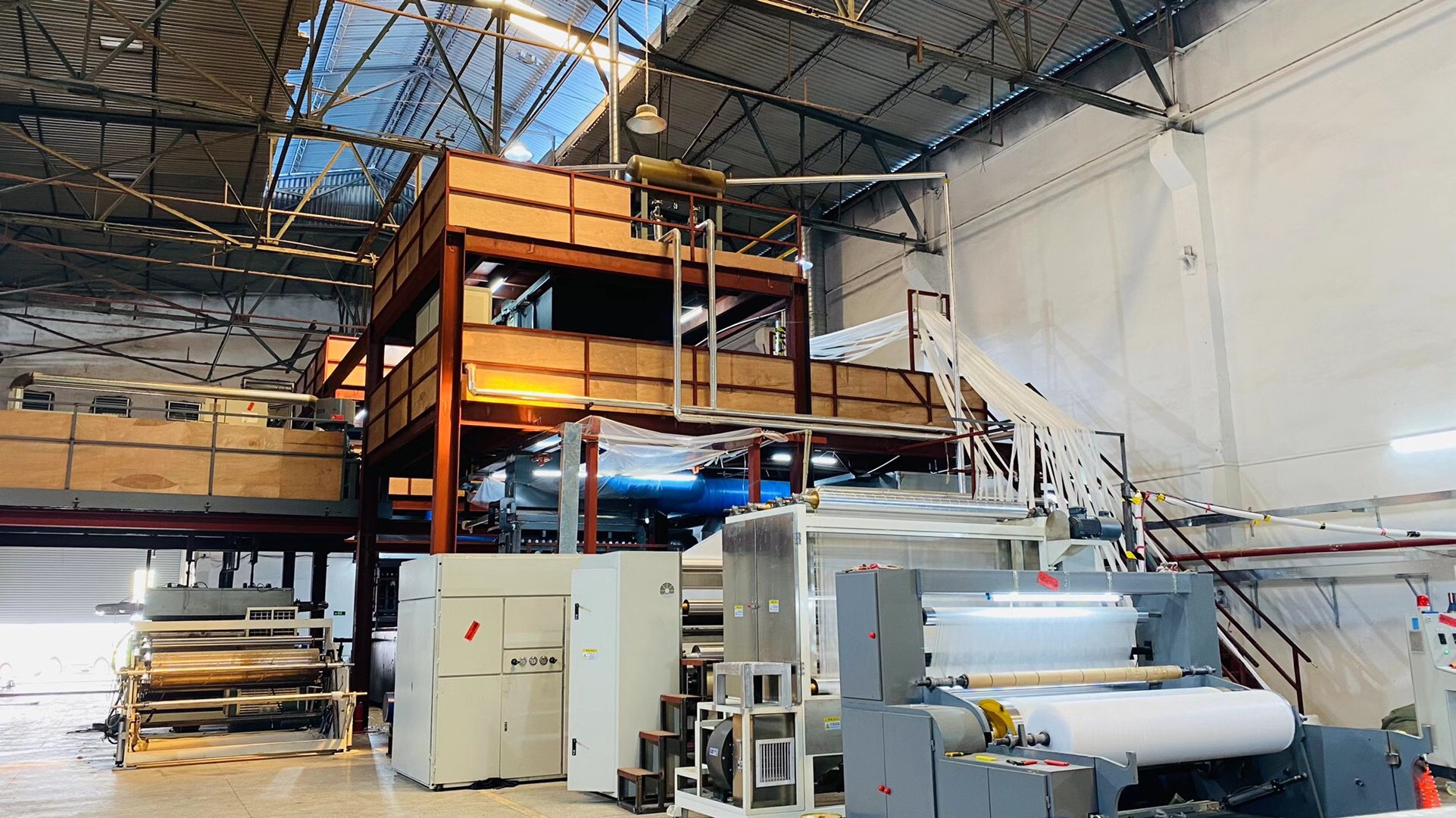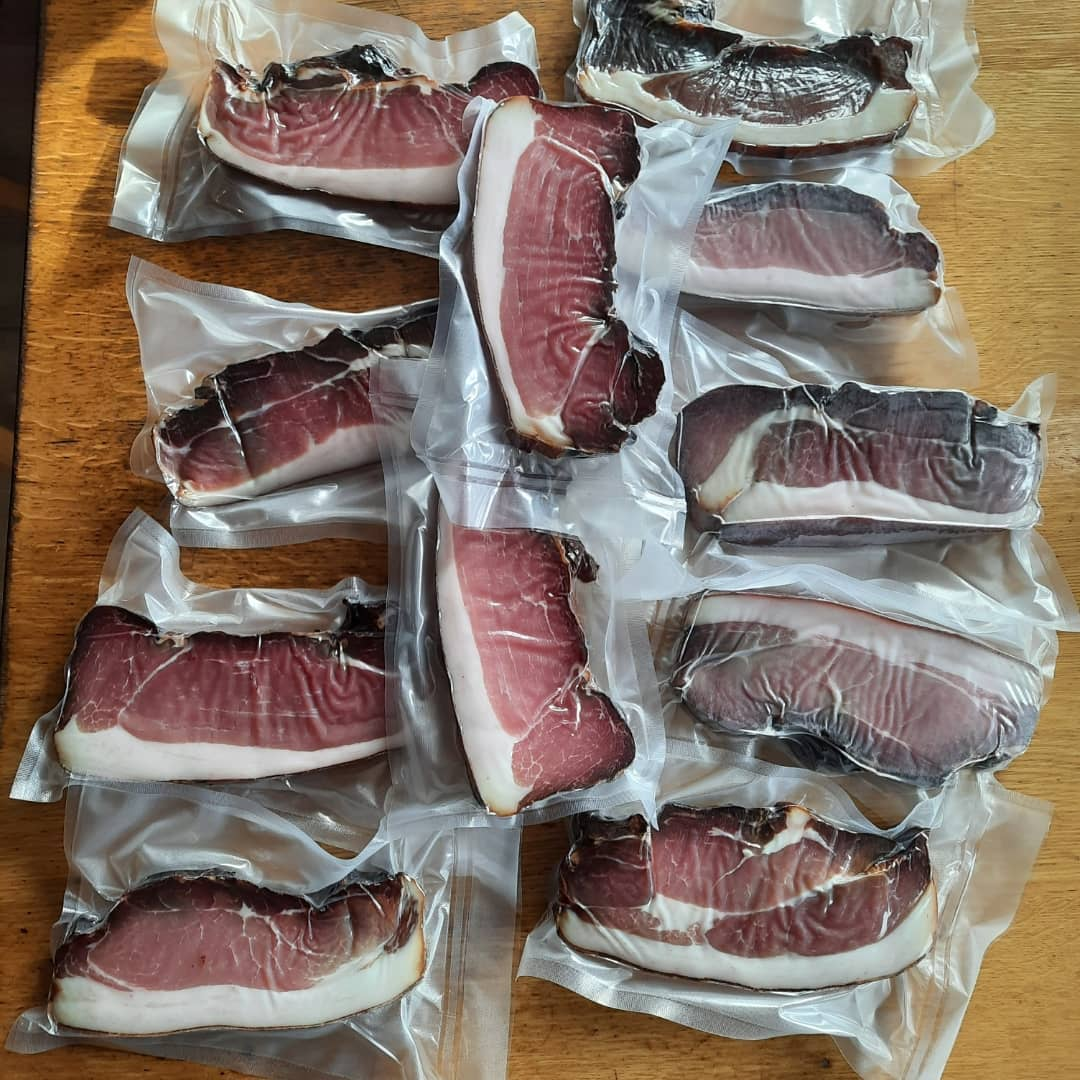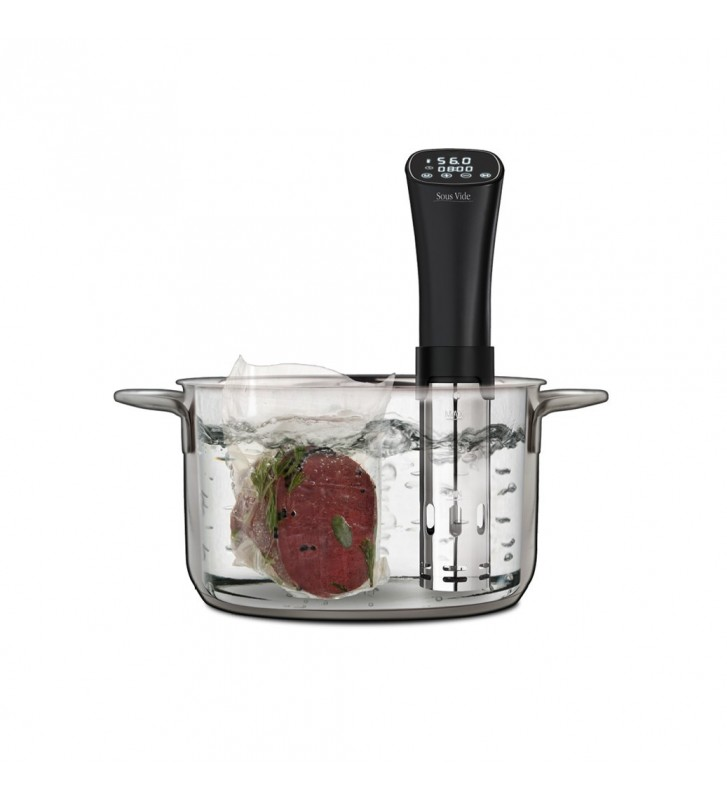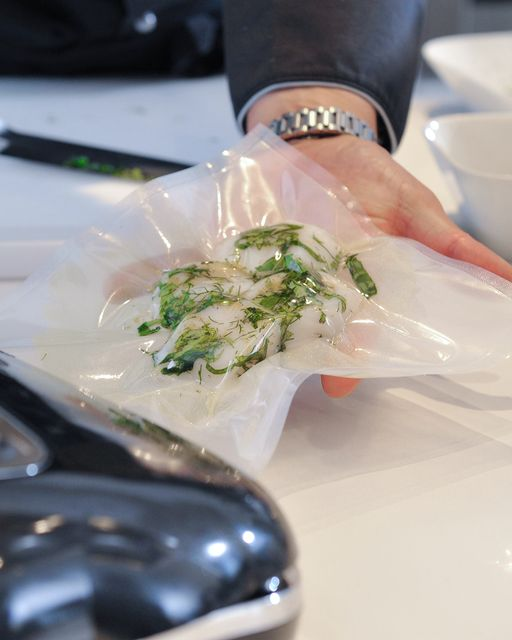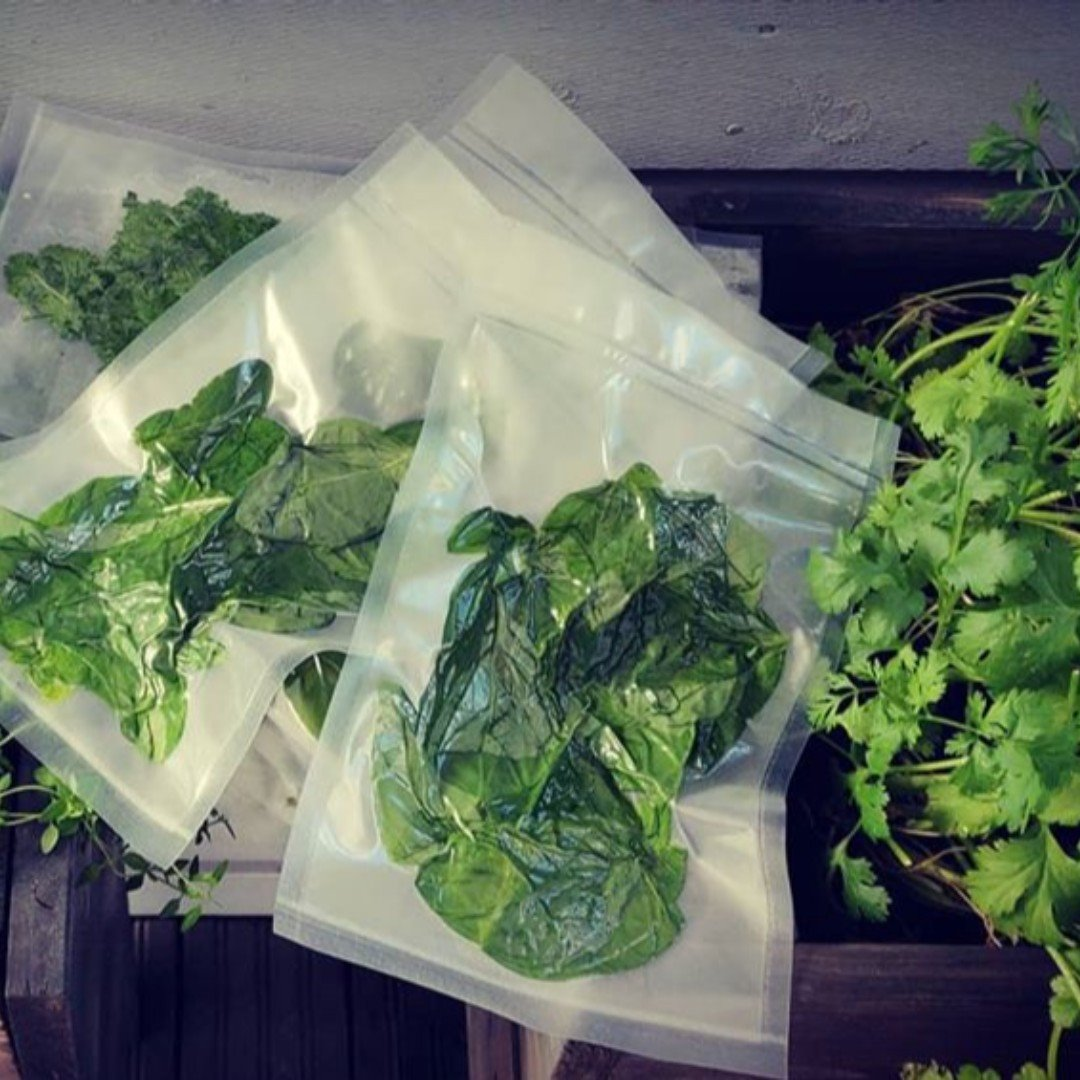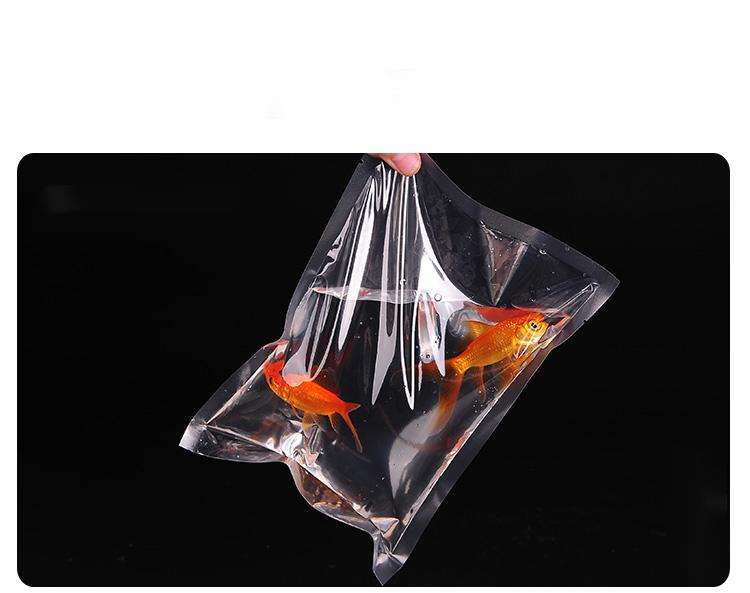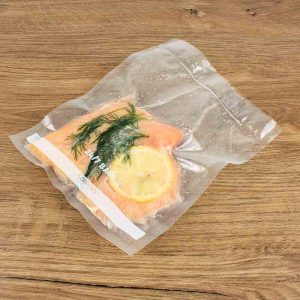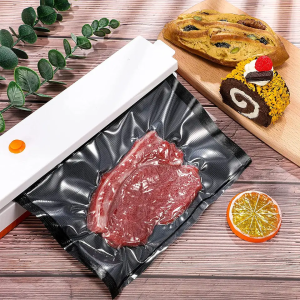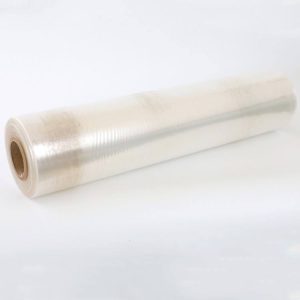Vacuum bagging film, also known as vacuum bag film or vacuum bagging material, is a specialized type of film used in composite manufacturing processes, such as resin infusion and vacuum bagging. It plays a crucial role in creating a pressure-tight environment around a composite layup during curing, ensuring optimal consolidation and quality of the finished product.
Key features of vacuum bagging film include:
- Material: Vacuum bagging films are typically made from materials like nylon, polyethylene (PE), or polytetrafluoroethylene (PTFE). These materials are chosen for their ability to withstand high temperatures and pressure without compromising the vacuum integrity.
- Thickness and Permeability: The film’s thickness and permeability are critical factors that affect its performance. The thickness should be sufficient to resist punctures and tears, while the permeability allows air and excess resin to escape during the vacuum and curing processes.
- Heat Resistance: Vacuum bagging films must withstand the heat generated during the curing process without melting or deforming. This property ensures that the film maintains its integrity throughout the entire curing cycle.
- Stretch and Elasticity: The film should have a certain level of stretch and elasticity to conform tightly to the shape of the composite layup, ensuring complete contact and evacuation of air.
- Vacuum Compatibility: Vacuum bagging films must be compatible with vacuum pumps and hoses used in the vacuum bagging process. They should allow for efficient air removal to create a proper vacuum and even pressure distribution during curing.
- Release Properties: Some vacuum bagging films have release coatings or additives that prevent them from sticking to the composite materials during the curing process. This makes it easier to remove the film after curing without damaging the finished product.
Vacuum bagging film is widely used in the aerospace, marine, automotive, and wind energy industries, among others, to produce high-quality composite parts with excellent mechanical properties. The film is typically combined with other materials like breather cloth, peel ply, and vacuum sealant tape to create a complete vacuum bagging setup for the specific composite layup being manufactured. The process helps to eliminate voids and ensure uniform resin distribution, resulting in stronger and more reliable composite components.
